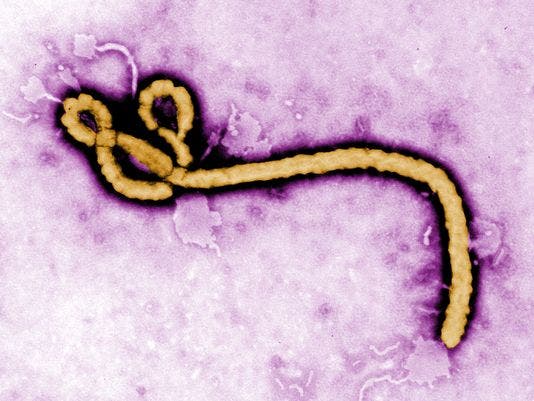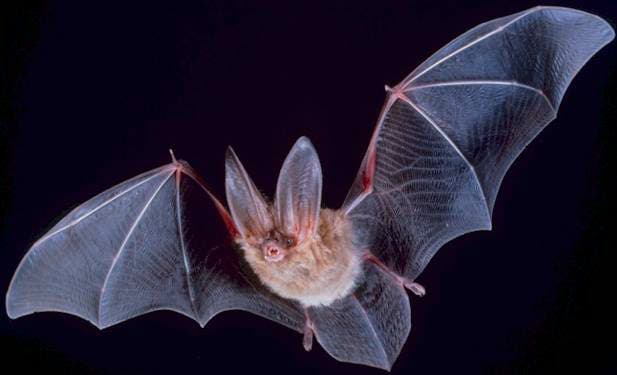
Scientists have discovered a new Ebola virus called Bombali. No, there is no outbreak; this new species was identified before it could reach humans.
Bombali is not a portmanteau of Bombay and Bali; it is a novel virus in bats in Sierra Leone named after a district in the north of the country where it was found. This was two years after the end of an outbreak that infected over 29,000 people and killed over 11,300 across West Africa. The West African outbreak was caused by the Zaire species, which has so far been the most lethal in humans since it was first discovered in 1976.

The sequencing of the complete genome of the novel Bombali species was published recently in the journal of Nature Microbiology. The Sierra Leone government announced this earlier in July.
The new Ebola species was discovered by the PREDICT Ebola Host project composed of scientists from the University of California Davis’s One Health Institute and Columbia University’s Center for Infection and Immunity, who were working with the government of Sierra Leone and the University of Makeni and Metabiota.
PREDICT predicting potential pathogenic threats.
PREDICT is a partnership between USAID, the EcoHealth Alliance, Metabiota, the Wildlife Conservation Society, and the Smithsonian Institution which enables global surveillance for pathogens that have the potential to spill over from animal hosts to people. The Bombali virus has the potential to infect human cells, but at the moment, it is unknown if the virus has already caused human infection or is harmful to humans.
“Identifying new viruses like Bombali in wildlife and testing their capacity for human infection can enhance our understanding of the pre-emergent viral diversity circulating in animals,” said Professor Simon Anthony, a virologist at Columbia University’s Mailman School of Public Health and co-author of the publication. “We want to discover viruses that have the genetic prerequisites for human infection and then prioritize them for further study and intervention.”
Bats Likely Hosts of Ebola Viruses

Before the discovery of Bombali, five Ebola virus species had been identified in previous publications. Bombali Ebola is different from the Zaire Ebola, which killed thousands of people between 2013 and 2016. Despite more than 40 years of research, the reservoir hosts for these viruses is still unknown.
The discovery of Bombali adds to growing evidence that bats are the likely hosts of these viruses. It was also recently discovered that bats seem to be the perfect hosts for many viruses.
Relax. Do Not Kill or Stress Out the Bats
Scientists emphasize that people should not try to exterminate or eradicate bats in response to this new discovery. When bats are under a lot of stress from humans, healthy bats grow weak and become more susceptible to getting infected with viruses and can then spread Ebola to other places as they flee their habitats. Furthermore, bats eat night-flying insects, including many agricultural pests. As one of the major predators of night-flying insects, bats play an important role in controlling insect populations, helping to control pests that are able to transmit diseases and destroy crops. More than a quarter of currently-known bat species feed on fruit or nectar, pollinating many plants and dispersing seeds in the process.
Reduce Exposure to Reduce Risk of Infection
So, what do we do to prevent potential outbreaks of bat viruses? Bats infected with Bombali virus are not known to show signs of illness but they can shed the virus in their feces and saliva. People are advised to avoid contact with the urine or feces of bats. Researchers are working with communities living near the areas where Bombali Ebola-infected bats live to know more about this new species, study the interactions between bats and humans, and educate the communities on how to live safely with bats by reducing their risk of exposure to the virus.


